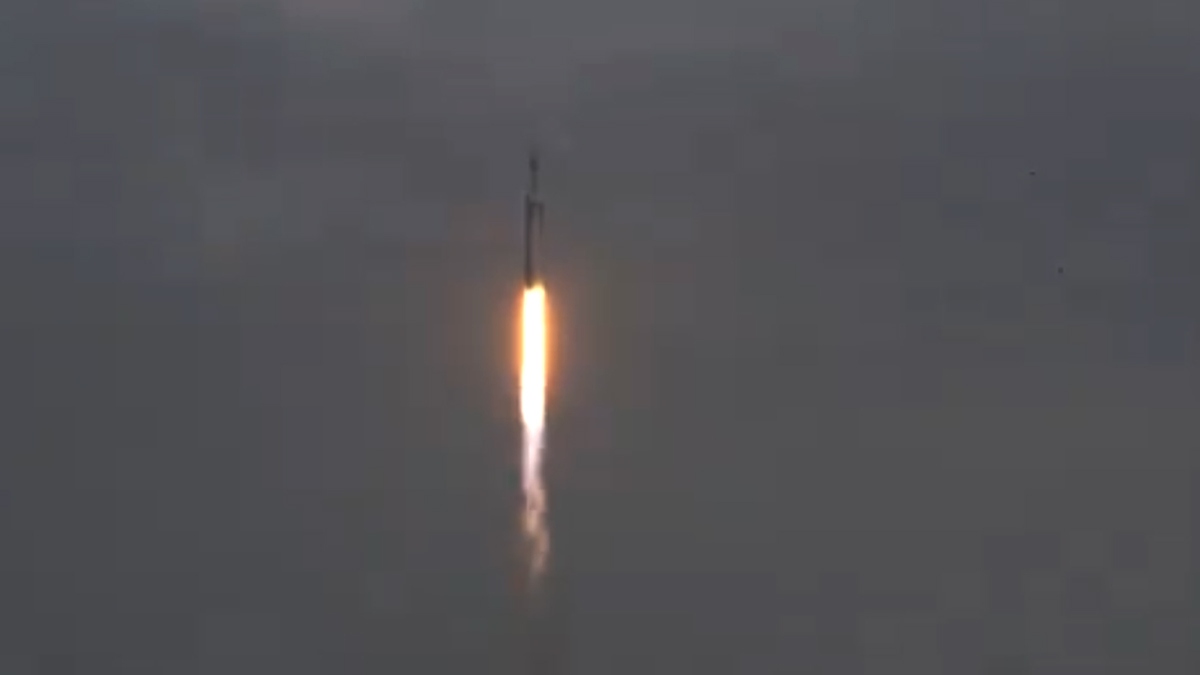NASA explains Rings of Fire


Send us your feedback to audioarticles@vaarta.com



Skywatching enthusiasts are in for a remarkable celestial event this month as a spectacular Annular Solar Eclipse, also known as the 'Ring of Fire,' graces the skies. This rare astronomical phenomenon will grace the heavens on Saturday, October 14, coinciding with Mahalaya - a significant day marking the beginning of Debi Paksha and celebrated by devotees of Maa Durga in anticipation of Durga Puja.
An Annular Solar Eclipse, or Ring of Fire, occurs when the Moon positions itself between the Sun and Earth, but due to its farthest distance from Earth, it forms a captivating ring around the Sun as observed from our vantage point on Earth. This mesmerizing celestial event is expected to take place on October 14, 2023.

Mitzi Adams, NASA Marshall Space Flight Center's Heliophysics and Planetary Science Branch Assistant Chief, described this event as an unparalleled experience. It's akin to placing a bowl above Earth right where you stand. During the middle of the day, the sky darkens, yet light still seeps through around the rim.
For those residing in the Western Hemisphere, this Annular Solar Eclipse will be visible. It will trace a narrow path from Oregon to Texas in the USA, extending over Mexico's Yucatán Peninsula and various countries in Central and South America. Simultaneously, a Partial Solar Eclipse will be visible from Alaska to Argentina.
It's crucial to emphasize that watching an Annular Solar Eclipse with the naked eye is never safe. Specialized eye protection designed for solar viewing should always be used to prevent severe eye injury. Similarly, using cameras, binoculars, or telescopes to view the eclipse without special-purpose solar filters can also cause immediate harm to the eyes.

The Partial Solar Eclipse is set to commence at 8:06 am PT, with the period of Annularity, when the Ring of Fire is prominently visible, lasting approximately five minutes. The peak coverage will take place at 9:18 am PT. To determine the timing and visibility of the Solar Eclipse in your area, as well as what you can expect to see, visit the Great American Eclipse website and TimeandDate.com. For a live viewing experience, NASA will stream the event at 11:30 am ET (9:00 pm IST) on Eclipse Day. Don't miss this awe-inspiring cosmic display - it's a true marvel of nature!
Follow us on Google News and stay updated with the latest!
Comments
- logoutLogout

-

Devan Karthik
Contact at support@indiaglitz.com




 Follow
Follow
















































-a3e.jpg)
-3c4.jpg)
-e5c.jpg)
-e66.jpg)

-71b.jpg)








